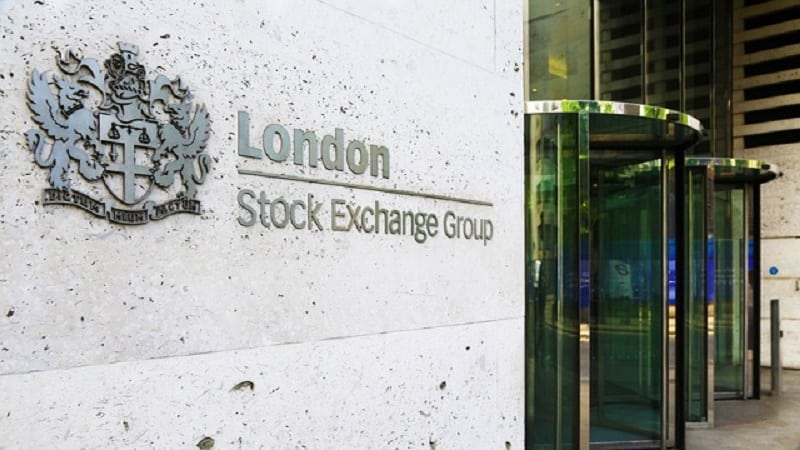By Rachel Wheeler, global product head for regulated fund solutions at Waystone
Private markets have long been a source of strong returns, yet access has remained limited due to investment rules and scale requirements.
The British Private Equity & Venture Capital Association (BVCA) reports that its members achieved an annualised return of 15% over the decade to the end of 2023 – nearly three times the 5.3% delivered by the FTSE All Share index.
But despite these attractive returns, wealth managers and financial advisers have found it difficult to incorporate private assets into portfolios. The introduction of Long-Term Asset Funds (LTAFs) in 2021 was a crucial step toward democratizing access to these investments, particularly for defined contribution (DC) pension schemes and private wealth clients.
A growing policy push for private assets
The UK government has amplified its support for private market investments, particularly through the Mansion House Compact introduced by then-Chancellor Jeremy Hunt in 2023.
Under this initiative, DC pension fund managers overseeing approximately £400bn in assets pledged to allocate 5% to unlisted companies. The goal being to enhance pension returns while channeling capital into high-growth UK enterprises.
The momentum behind LTAFs is building. A recent poll from our LTAF Summit indicated that over 40% of participants intend to launch an LTAF within the next year.
Several asset managers, including Aviva Investors, BlackRock, and Fulcrum Asset Management, have already developed LTAFs, with more expected to follow suit. However, challenges around regulation, product design and distribution persist.
Distribution challenges
Institutional and private wealth investors alike are exploring LTAFs. The Labour government has continued to champion pension fund investment in unlisted UK assets, encouraging the consolidation of smaller Local Government Pension Schemes (LGPS) into larger funds capable of making meaningful allocations to private markets.
While some pension fund trustees and investment managers have resisted pressure to prioritise UK-based private investments – citing concerns over performance versus global peers – there remains significant appetite for private assets within the DC pension sector.
This growing demand is mirrored in the private wealth market, where investors are increasingly seeking alternatives to traditional asset classes.
For wealth managers, LTAFs offer a compelling opportunity to access a broader range of private market investments. A key attraction is the potential for outperformance relative to public equities, which have increasingly been dominated by a small group of mega-cap stocks.
Additionally, LTAFs provide diversification benefits and exposure to companies at earlier stages of growth – factors that resonate with high-net-worth individuals and family offices.
Wealth management itself is undergoing critical shifts that further support LTAF adoption. The average age of wealth management clients is declining, with a growing cohort of younger professionals holding significant investable assets.
This demographic is more open to alternative investments, seeing them as a means to enhance long-term returns. Meanwhile, larger family offices take a multi-generational investment approach, making them less concerned about short-term liquidity constraints.
Resolving key risks
While the case for LTAFs is strong, challenges remain – particularly for asset managers targeting retail investors.
The post-Brexit property fund crisis underscored the importance of investor education when dealing with illiquid investments. Retail investors generally have a lower risk tolerance and may be more sensitive to market downturns, necessitating clear communication around LTAF liquidity mechanisms, valuation methodologies, and long-term investment horizons.
For LTAFs to gain traction, managers must balance three key elements. Cost structure is one, with the fee model needing to be competitive while reflecting the complexities of managing private assets.
Liquidity management also presents a hurdle as LTAFs require robust mechanisms to accommodate investor redemptions without disrupting underlying investments.
And investor education is also a consideration, with transparency on risk, expected returns, and lock-up periods being crucial in building trust among wealth managers and their clients.
Planning is essential
The convergence of investor demand and government policy support has set the stage for LTAFs to become a major component of UK private market investing.
However, the regulatory environment remains stringent, and success will depend on careful structuring and execution.
Wealth managers and financial advisers should view LTAFs as a means to offer clients enhanced returns and diversification, but due diligence is paramount. Navigating FCA scrutiny, ensuring robust governance, and clearly defining the target investor base will be critical.
Those who rush to market without a well-structured framework risk failure.
With meticulous planning, transparent pricing, and a thoughtful approach to liquidity management, LTAFs have the potential to reshape private market access for UK investors, offering a compelling new avenue for wealth managers and their clients.










